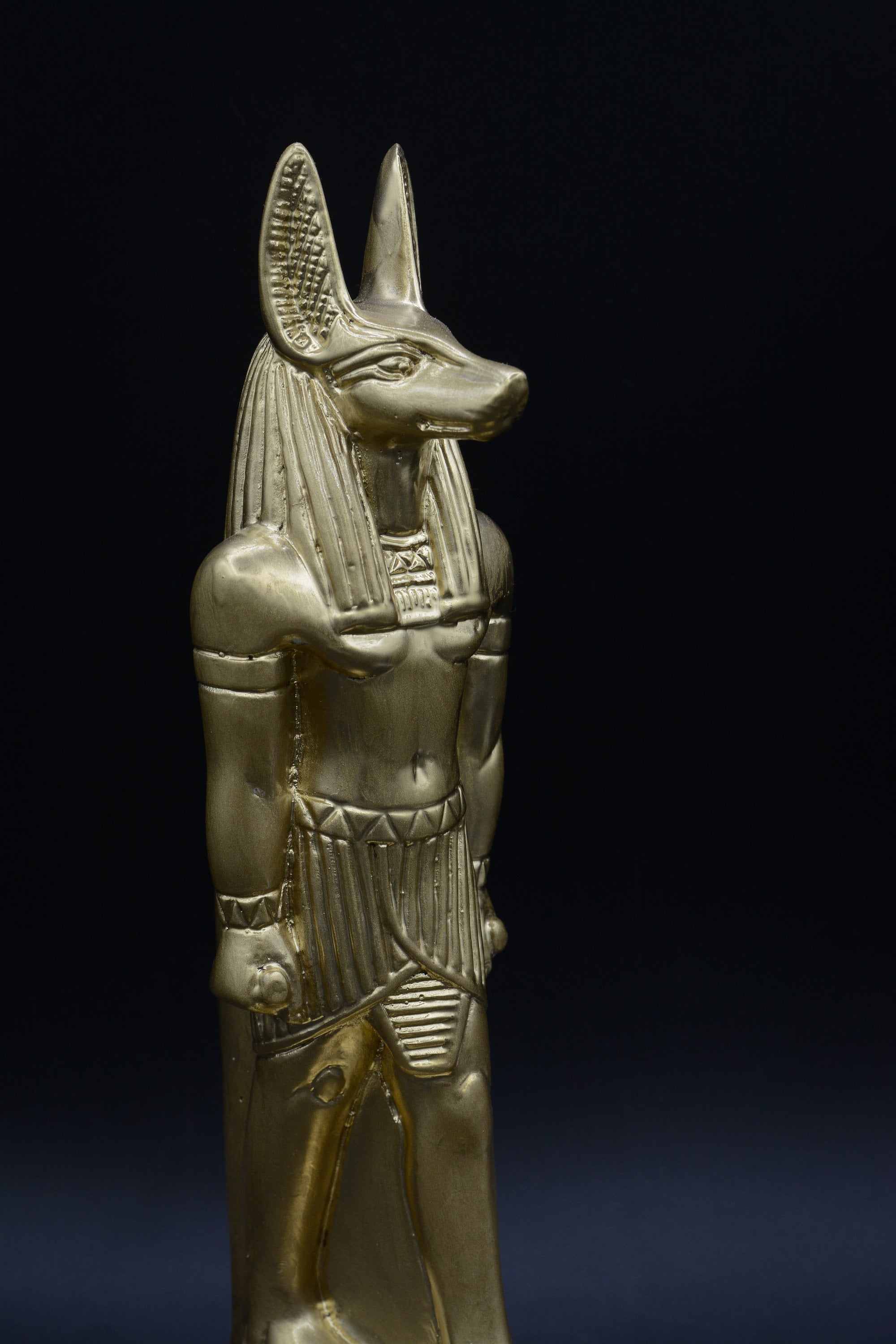

In this version, it is believed that Nephthys disguised herself as Osiris’ beautiful sister, Isis, to beget a half brother for Horus.
Son of Nephthys and Seth: it is also speculated that Seth is Anubis’ father. As the Goddess of Darkness, Nephthys would naturally be mother to a god who oversaw the embalming process and also guided souls into the afterlife. Son of Nephthys and Osiris: the most popular version is that Anubis is the son of Nephthys and Osiris. Several versions exist of how Anubis came into being: © Asaf Braverman - Anubis Reconstructing Osiris (1350 BC, Tomb of Ramses 1, Egypt) A Dysfunctional Family Tree Anubis held this role until Osiris gained popularity and took it over. Protector of Tombs: as the Egyptian god responsible for protecting the dead, many prayers to Anubis were carved into their tombs. This ritual was performed so the dead person could eat and speak in the afterlife. 
Anubis also assisted in the “opening of the mouth” ritual to ensure a good burial. Ancient Egyptians believed that Anubis sniffed the bodies of the dead, so they preserved them with sweet smelling herbs and plants. The daughter of Anubis (Kebechet), is frequently seen as his assistant in the mummification process of the dead.
The God of embalming and mummification: Anubis held the important role of overseeing the embalming and mummification of the dead. If the scale of justice tipped toward the heart, the dead person would be consumed by Ammit, a female demon the ancient Egyptian people dubbed “devourer of the dead.” If the scale of justice tipped toward the feather, Anubis would lead the decedent to Osiris so he could ascend to a worthy existence in heaven. As depicted in the Book of the Dead, Anubis weighs the decedent’s heart against the weight of a feather. The Guardian of the Scales: one of his many roles surrounding the dead included the Guardian of Scales where he dictated the fate of souls. Later theories indicate that this role was taken over by Osiris. In very ancient history Anubis was known to be the absolute ruler of the underworld (called Duat). Anubis Wore Many Hats as God of the Afterlife The reason is that the color black is a symbol of death, but also a symbol of the Nile’s fertile and black soil. GOD OF DEATH SOUNDBYTE SKIN
New genetic research indicates that the ancient Egyptian jackal is not a jackal at all, but an ancient wolf.Īnubis’ skin is often depicted as black, while jackals are typically brown. Historians believe that this is what prompted the ancients to portray the god of the afterlife as a jackal, to fight fire with fire. They dug up the freshly buried and tore at their flesh and ate it. In ancient Egypt, scavengers like jackals ruled the cemeteries. © Parée - * Anubis on Egyptian Block * Anubis was either seen as a man with a jackal head or completely in the form of a jackal.






 0 kommentar(er)
0 kommentar(er)
